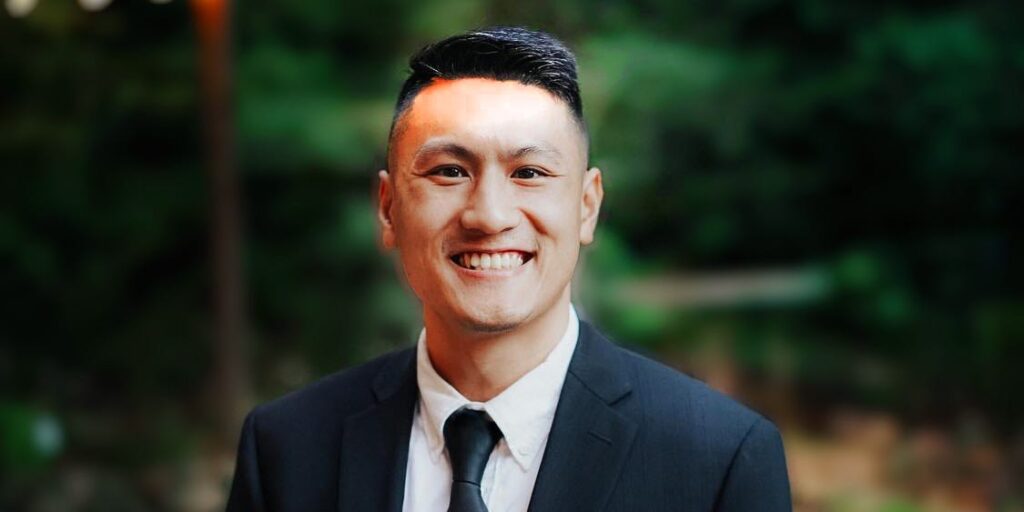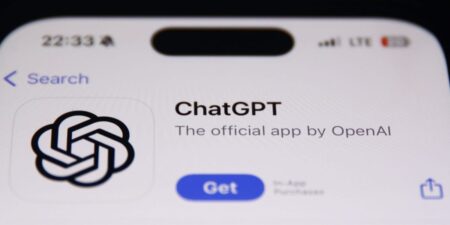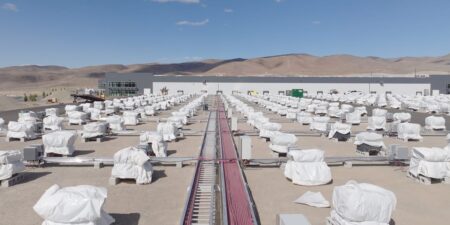This as-told-to essay is based on a conversation with Curtis Ying, a 30-year-old user experience designer at Adobe who lives in California. The following has been edited for length and clarity. Adobe did not respond to a request for comment from Business Insider.
In January 2023, I was laid off from my product designer job. I had a few months of severance and some savings, so it didn’t feel like the world was crashing down.
Rather than immediately applying to various employers, I decided to focus on landing a job at one company in particular: Adobe.
About a month before I was laid off, my friend who works at Adobe gave me a tour of the company’s headquarters in San Jose, California. I fell in love with graphic design after my cousin taught me how to use Adobe Illustrator, and I was already using the company’s products on a regular basis. Working at Adobe became a dream job of mine. After I was laid off, landing a job at Adobe became my top priority.
I figured the best way to make this happen was to do something unique in my application that would help me stand out: creating a video cover letter. For about a month, I only applied to one position — a role at Adobe that I didn’t get — while I worked on the video.
After finishing the video in February, I kept a close eye on Adobe’s job postings. Over a six-month period, I applied to 10 Adobe jobs — including some I was probably underqualified for — and was rejected from all of them. Then, in December 2023, I applied for my 12th Adobe role of the year — a user experience designer position — and landed an interview. After going through the process, I accepted an offer for a full-time contract role with a six-figure salary. Thirteen months after my layoff, I’d accomplished my goal.
Video cover letters can “humanize your application”
I first became intrigued by video cover letters after seeing a YouTube video in which someone sang about why they wanted to work at a particular company. They ended up getting the job, and the video left a strong impression on me. I decided to create my own video cover letter to include with my Adobe applications.
In the video, which ran about a minute and a half, I talked about how I got interested in graphic and UX design, my education and work experience, the design tools and techniques I knew well, a few fun facts about myself, and why I wanted to work at Adobe. While I didn’t have a professional microphone, I recorded myself using a Canon DSLR camera set up on a tripod. I edited the footage with Adobe Premiere Pro.
I used two different methods to include my video cover letter in my application. First, I uploaded the video to YouTube as an unlisted video and hyperlinked it at the top of my résumé with the text “watch my video cover letter.” I also embedded a snapshot of the video in a PDF titled “video cover letter,” added the same hyperlink, and attached that document as well.
Some people told me not to focus exclusively on Adobe — that I shouldn’t put all my eggs in one basket. But I was hesitant to change my approach. Applying to other jobs felt a little like admitting that landing a job at Adobe might not be possible.
Several months into my job search, I started applying to some companies other than Adobe using a second video cover letter I made that was more generic. But Adobe remained my target employer.
In addition to creating a customized video cover letter, I pursued a second strategy: networking with Adobe employees. In June 2023, I posted my Adobe video cover letter on LinkedIn. I wasn’t sure how it would be received, but it proved to be a good decision, as it helped me grow my Adobe network. Even as the rejections came in, I felt I’d built so many connections at Adobe that it was probably easier to land a job there than anywhere else — and that kept me motivated.
I think my video cover letter definitely helped me land a job at Adobe. The hiring manager I interviewed with told me it gave them a sense of my personality and helped me stand out among other applicants. Posting the video on LinkedIn also led to some connections that I believe boosted my application.
I don’t think a video cover letter has to be as highly produced as mine to be helpful for job seekers. It doesn’t have to have a beautiful background or the perfect lighting, but if you can be concise and speak naturally, I think it can work.
One of the reasons I highly advocate for video cover letters is that they humanize your application, which is typically just lines of text in a résumé and cover letter. When you’re competing with sometimes thousands of applicants in a challenging job market, I think having a video cover letter can help you stand out. I see absolutely no downsides to it.
Read the full article here
















